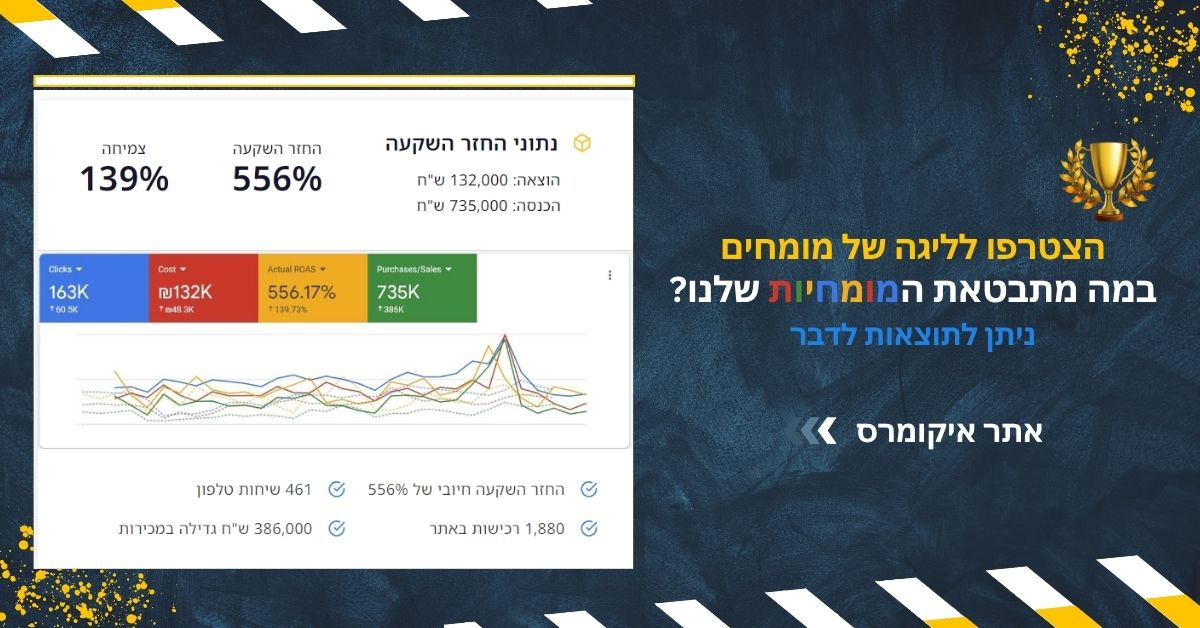Google Shopping for Shopify: The Complete Guide for 2025
25.8.2025
%20(1).jpg)
In the competitive world of e-commerce, visibility is everything. Google Shopping has become one of the most powerful tools for Shopify merchants, providing product ads that appear directly in search results with an image, price, and store name. Unlike traditional text ads, Google Shopping captures attention at the very moment shoppers are ready to buy.
This guide will walk you through everything you need to know about Google Shopping on Shopify in 2025—from setup to optimization—so you can maximize sales and achieve a strong Return on Ad Spend (ROAS).
Why Google Shopping Matters for Shopify Stores
- High Purchase Intent – Google Shopping targets buyers who are actively searching for products, not just browsing.
- Enhanced Visibility – Products appear with visuals, ratings, and pricing, building trust instantly.
- Equal Opportunity – Smaller Shopify stores can compete against large retailers if their feed is optimized.
- Measurable Growth – Every click and conversion can be tracked, analyzed, and improved.
Step 1: Setting Up the Foundation
Create a Google Merchant Center Account
- Sign up for Google Merchant Center (GMC).
- Verify and claim your Shopify store URL.
- Configure shipping and tax settings according to your target market.
Connect Shopify to Google
- Install the official Google & YouTube app from the Shopify App Store.
- Link your Google account and connect an existing or new GMC account.
- Sync your product catalog automatically—Shopify keeps inventory, prices, and product data updated in real time.
Step 2: Building a High-Quality Product Feed
Your product feed is the heart of Google Shopping campaigns. A poorly optimized feed means wasted ad spend, while a strong feed drives profitable sales.
Best Practices for Shopify Feeds
- Product Titles: Start with the main keyword, then brand, model, size, or color. Example: “Nike Air Zoom Pegasus 39 Men’s Running Shoes – Blue, Size 10.”
- Images: Use high-resolution photos (800×800 or higher) on a clean white background. Avoid watermarks and text overlays.
- Identifiers: Include GTIN, MPN, and brand wherever possible for maximum visibility.
- Descriptions: Write natural, keyword-rich descriptions focused on benefits.
- Availability & Pricing: Ensure stock levels and prices are synced daily to avoid disapprovals.
Step 3: Choosing the Right Campaign Type
Performance Max (PMax)
- Best for scaling across Google’s full network (Search, YouTube, Gmail, Display, and Discover).
- AI-driven targeting and bidding.
- Ideal for stores aiming for broad reach and automation.
Standard Shopping
- Provides manual control over bids, keywords, and product segmentation.
- Perfect for merchants who want granular insights and the ability to isolate best-performing SKUs.
Step 4: Campaign Optimization Strategies
- Bidding Strategies:
- Start with Maximize Conversions to gather data.
- Transition to Target ROAS once you have at least 15–30 conversions per month.
- Negative Keywords: Filter out irrelevant searches that waste budget.
- Custom Labels: Segment products by margin, seasonality, or performance.
- Conversion Tracking: Implement the Google Tag (with Enhanced Conversions) for accurate attribution.
- Device & Location Adjustments: Shift budget toward top-performing geos and devices.
Step 5: Ongoing Maintenance
- Monitor Merchant Center Diagnostics: Fix product disapprovals quickly.
- Refresh Feeds Regularly: Keep product details accurate and updated.
- Run Seasonal Campaigns: Use promotional feeds for Black Friday, Cyber Monday, or holiday sales.
- Analyze KPIs: Focus on ROAS, CPC, CTR, and revenue—not just clicks.
Common Mistakes to Avoid
- Adding products manually instead of using the official Shopify integration.
- Writing generic product titles like “Men’s Shoes” without brand or attributes.
- Using low-quality or inconsistent product images.
- Ignoring conversion tracking and relying only on click data.
Conclusion
Google Shopping is not just an ad format—it’s a growth engine for Shopify merchants. With the official Shopify integration, a strong product feed, and the right optimization strategy, you can turn Google Shopping into your most profitable channel.
👉 At SFB Digital Marketing, we help Shopify brands maximize their Google Shopping performance. From feed optimization to advanced campaign management, our focus is clear: higher ROAS, lower costs, and sustainable growth.

.jpg)
).jpg)



